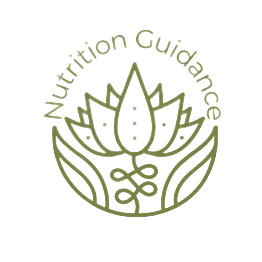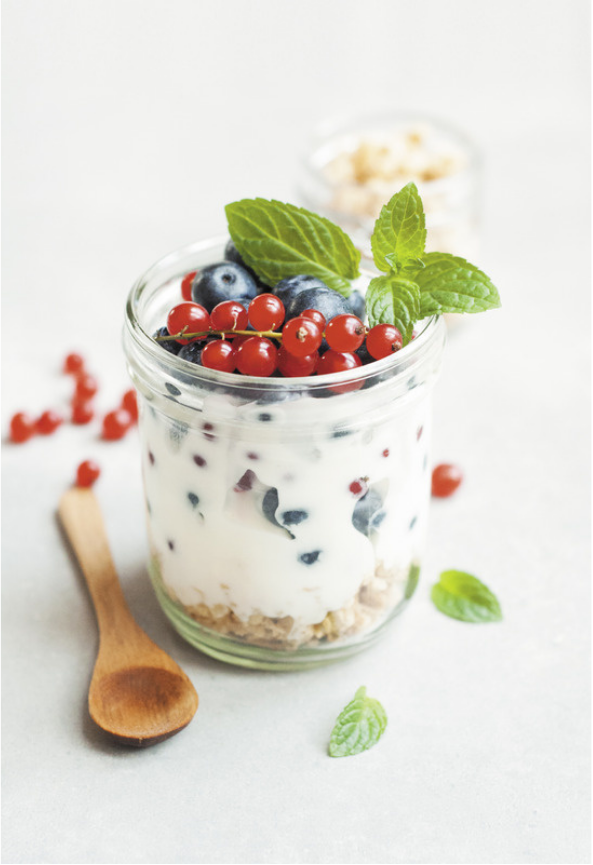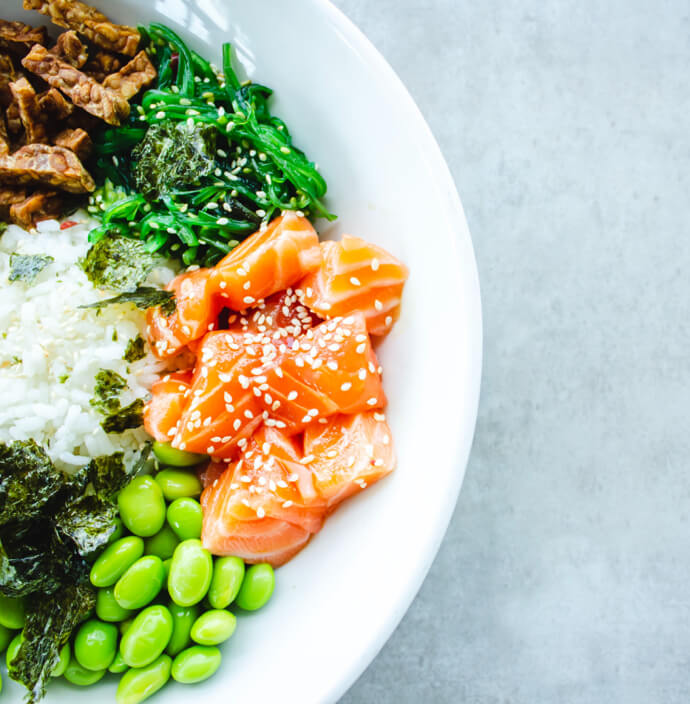Anybody can get food poisoning (also called foodborne illness), but the following groups are more likely to get sick and to have a more serious illness: adults aged 65 and older, children younger than age 5, people who have health problems or take medicines that lower the body’s ability to fight germs and sickness, pregnant women.
Take these steps to keep yourself, your friends and families safe and healthy.
4 Practices to Food Safety
 Clean: Wash hands and surfaces often.
Clean: Wash hands and surfaces often.
Germs and bacteria that cause food poisoning can survive in many places and be spread throughout the kitchen and get onto hands, cutting boards, utensils, counter tops and food.
- Wash your hands with warm water and soap for at least 20 seconds before and after handling food and after using the bathroom, changing diapers and handling pets.
- Wash the cutting boards, dishes, utensils, and counter tops with hot soapy water after preparing each food item and before you go on to the next food.
- Consider using paper towels to clean up kitchen surfaces. If you use cloth towels wash them often in the hot cycle of your washing machine.
- Rinse fresh fruits and vegetables under running tap water, including those with skins and rinds that are not eaten. Fruits and vegetables may have germs on their peel or skin, that can transfer to the inside of fruits and vegetables when you cut or peel them. Therefore, it’s important to wash all fruits and vegetables under running water even if you’re going to peel them.
- Rub firm-skinned fruits and vegetables under running tap water or scrub with a clean vegetable brush while rinsing with running tap water.
 Separate: Don’t cross-contaminate.
Separate: Don’t cross-contaminate.
Cross-contamination is how bacteria can be spread. Improper handling of raw meat, poultry, seafood and eggs can create an inviting environment for cross-contamination. As a result harmful bacteria can spread to food and throughout the kitchen leading to a foodborne illness.
- When grocery shopping, keep raw meat, poultry, seafood, and their juices away from other foods.
- Use one cutting board for fresh produce and a separate one for raw meat, poultry and seafood.
- Keep raw meat, poultry, seafood, and eggs separate from all other foods in the refrigerator
- Never place cooked food on a plate that previously held raw meat, poultry, seafood or eggs.

Cook: Cook to the right temperature.
Food is safely cooked when it reaches a high enough internal temperature to kill the harmful bacteria that cause foodborne illness.
- Use a food thermometer to ensure foods are cooked to a safe internal temperature.
- Whole cuts of beef, veal, lamb, and pork, including fresh ham (raw): 145°F (then allow the meat to rest for 3 minutes before carving or eating).
- All poultry, including ground chicken and turkey: 165°F. Check the internal temperature in the innermost part of the thigh and wing and the thickest part of the breast.
- Cook ground meat, where bacteria can spread during grinding, to at least 160 °F.
- Cook fish to 145 °F or until the flesh is opaque and separates easily with a fork.
- Cook eggs until the yolk and white are firm, not runny. Don’t use recipes in which eggs remain raw or only partially cooked.
- Bring sauces, soups and gravy to a boil when reheating. Heat other leftovers thoroughly to 165 °F.
 Chill: Refrigerate promptly.
Chill: Refrigerate promptly.
Bacteria can multiply rapidly if left at room temperature or in the “Danger Zone” between 40°F and 140°F. Never leave perishable food out for more than 2 hours (or 1 hour if exposed to temperatures above 90°F).
- Keep your refrigerator at 40°F or below and know when to throw food out.
- Refrigerate or freeze meat, poultry, eggs and other perishables as soon as you get them home from the store.
- Never let raw meat, poultry, eggs, cooked food or cut fresh fruits or vegetables sit at room temperature more than two hours before putting them in the refrigerator or freezer.
- Thaw frozen food safely in the refrigerator, in cold water, or in the microwave.
- Never thaw foods on the counter because bacteria multiply quickly in the parts of the food that reach room temperature.
Check out CDC’s 10 Dangerous Food Safety Mistakes and solutions you can implement to keep your family and friends safe.




